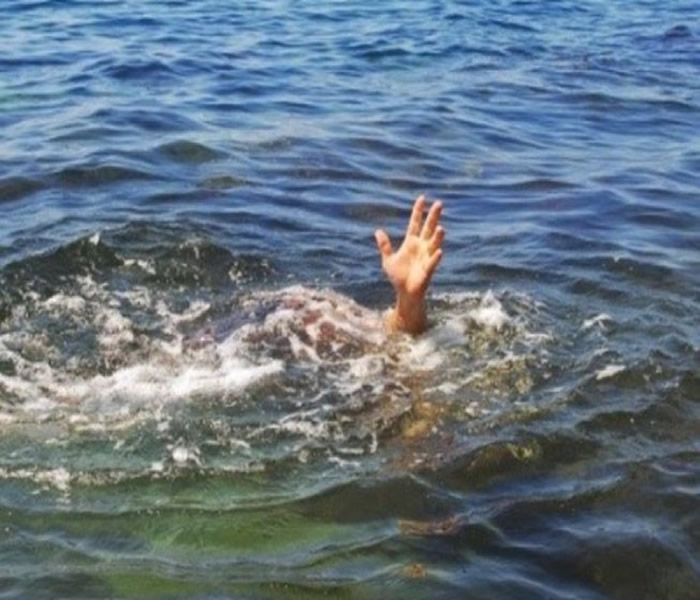Drowning
What Is Drowning?
Drowning is defined as the process of experiencing respiratory impairment from being in or under a liquid. It can also be define as dead through submersion in and inhalation of water. It is further classified by outcome into: death, ongoing health problems and no ongoing health problems. People have drowned in as little as 30 mm of water lying face down. Children have drowned in baths, buckets and toilets; inebriates or those under the influence of drugs have died in puddles.

Dry drowning
In, someone takes in a small amount of water through his or her nose and/or mouth, and it causes a spasm in the airway, causing it to close up, making it hard to breathe. Dry drowning usually happens soon after exiting the water, water never reaches the lungs.
Secondary drowning
In secondary drowning, the airways open up, letting bit of water gets into the lungs and causes inflammation or swelling that makes it difficult or impossible for the body to transfer oxygen to carbon dioxide and vice versa. With secondary drowning, there can be a delay of up to 24 hours before the person shows signs of distress.
Deep water blackout
This is caused by latent hypoxia upon ascent from depth, where the partial pressure of oxygen in the lungs under pressure at the bottom of a deep free-dive is adequate to support consciousness but drops below the blackout threshold as the water pressure decreases on the ascent. It usually strikes upon arriving near the surface as the pressure approaches normal atmospheric pressure.
Shallow water blackout
This is caused by hyperventilation prior to swimming or diving. The primary urge to breathe (more precisely: to exhale) is triggered by rising carbon dioxide (CO2) levels in the bloodstream. The body detects CO2 levels very accurately and relies on this to control breathing. Hyperventilation artificially depletes this, but leaves the diver susceptible to sudden loss of consciousness without warning from hypoxia. There is no bodily sensation that warns a diver of an impending blackout, and victims (often capable swimmers swimming under the surface in shallow water) become unconscious and drown quietly without alerting anyone to the fact that there is a problem; they are typically found on the bottom.
Signs of Drowning
No matter your child's age, be on the lookout for:
- Water rescue - Any child pulled from the pool needs medical attention
- Coughing - Persistent coughing or coughing associated with increased work of breathing needs to be evaluated.
- Increased "work of breathing" - Rapid shallow breathing, nostril flaring, or where you can see between the child's ribs or the gap above their collarbone when they breathe, means they're working harder to breathe than normal. This is a sign that you should seek medical help immediately.
- Sleepiness - Your kid was just excitedly playing in the pool, and now she's fatigued? It could mean not enough oxygen is getting into to her blood. Don't put her to bed until her doctor gives you the go-ahead.
- Forgetfulness or change in behavior. Similarly, a dip in oxygen level could cause your child to feel sick or woozy.
- Throwing up. "Vomiting is a sign of stress from the body as a result of the inflammation and sometimes a lack of oxygen, also from persistent coughing and gagging

How it's treated
Treatment for submersion injury depends on the severity of the patient's symptoms. The doctor will check the child's vital signs, oxygen level, and work of breathing. Patients with more mild symptoms just need careful observation, in more serious cases; the doctor may also do a chest x-ray or give him oxygen. In cases of respiratory failure, or when a child can no longer breath on their own, extra support is needed -- such as intubating or putting the child on a ventilator -- but that's very rare. The goal will be to increase blood flow in the lungs and get the child breathing well again.
How to prevent it
Prevention is the same for dry drowning and secondary drowning as it is for any other kind of drowning:
- Swim lessons - Kids who are comfortable and skilled at moving around in the water are less likely to go under and take in water. Around age 4 is a good time to start.
- Supervision - Monitor kids closely in and around the water, and enforce pool safety rules.
- Water safety measures - Children should wear floatation devices on boats; pools should have four-sided fencing around them; and you should never leave standing water where a child could get into it.




